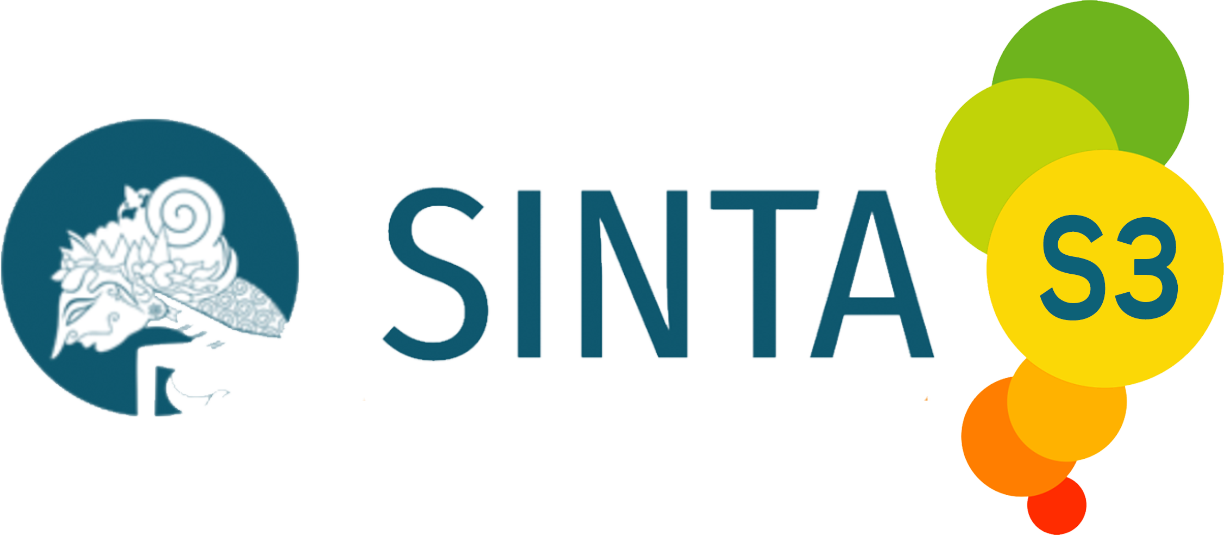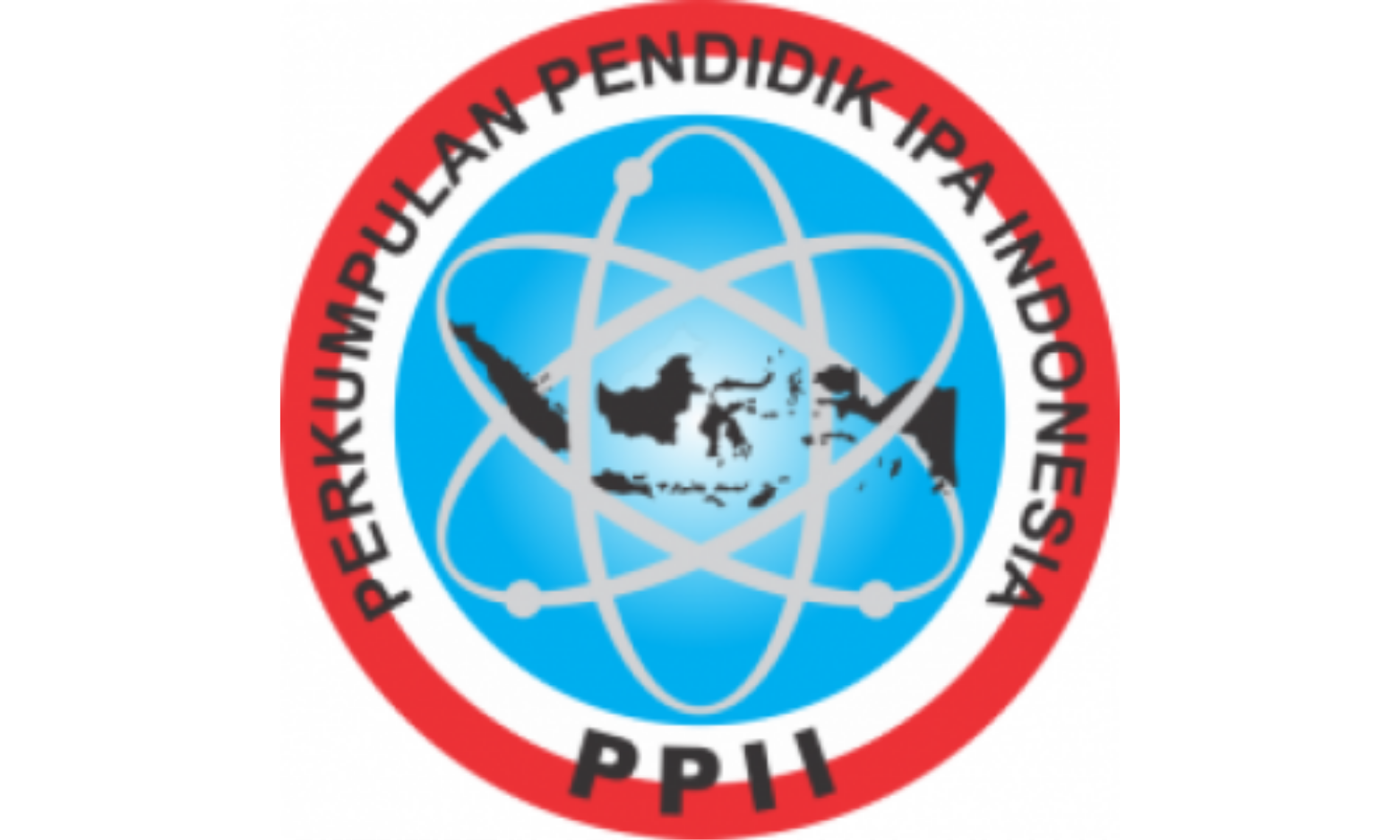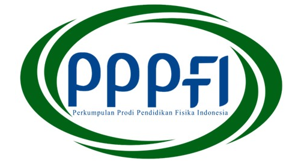DEVELOPMENT OF PHYSICS LEARNING WEB BLOG BASED ON CONTEXTUAL TEACHING LEARNING (CTL)
DOI:
https://doi.org/10.15575/jotalp.v8i1.20415Keywords:
ADDIE model, contextual teaching and learning, web blogAbstract
This study aims to construct and validate and analyze the effectiveness of a physics learning blog based on contextual teaching and learning. The method used in developing a physics learning blog is the ADDIE model. The physics learning blog was validated by material experts, media experts, and one physics teacher as a practitioner. The validation and practicality tests show that the module developed is valid and practical to use as a medium to increase students' learning motivation. The effectiveness test results using a one-class pre-test and post-test design showed increased student motivation before and after using a web blog. The learning web blog generated from this development research can be used as one of the teaching components specifically aimed at increasing students' learning motivation.
Â
References
Abdin, H., Sukariasih, L., Takda, A., & Sahara, L. (2020). Technology of Physics Learning Media Based on Software Macromedia Flash to Enhance Problem Solving Capability in Passive Electronics Topics. International Journal of Innovative Technology and Exploring Engineering (IJITEE), 9(5), 470-477.
Afrilia, A., Rusli, F., Tanti, T., Mutamasikin, M., & Yusuf, M. (2021). Development of web-based learning media for physics materials using Moodle in high school. Paper presented at the Journal of Physics: Conference Series.
Churchill, D. (2011). Web 2.0 in education: A study of the explorative use of blogs with a postgraduate class. Innovations in education and teaching international, 48(2), 149-158.
Dewi, P. Y., & Primayana, K. H. (2019). Effect of learning module with setting contextual teaching and learning to increase the understanding of concepts. International Journal of Education and Learning, 1(1), 19-26.
Diani, R., & Syarlisjiswan, M. R. (2018). Web-enhanced course based on problem-based learning (PBL): Development of interactive learning media for basic physics II. Jurnal Ilmiah Pendidikan Fisika Al-Biruni, 7(1), 105-116.
Eveline, E., Suparno, S., Ardiyati, T. K., & Dasilva, B. E. (2019). Development of interactive physics mobile learning media for enhancing students’ HOTS in impulse and momentum with scaffolding learning approach. Jurnal Penelitian & Pengembangan Pendidikan Fisika, 5(2), 123-132.
Farrokhnia, M., Pijeira-DÃaz, H. J., Noroozi, O., & Hatami, J. (2019). Computer-supported collaborative concept mapping: The effects of different instructional designs on conceptual understanding and knowledge co-construction. Computers & Education, 142, 103640.
GarcÃa-MartÃn, J., & GarcÃa-Sánchez, J.-N. (2013). Patterns of Web 2.0 tool use among young Spanish people. Computers & Education, 67, 105-120.
Garcia, E., Moizer, J., Wilkins, S., & Haddoud, M. Y. (2019). Student learning in higher education through blogging in the classroom. Computers & Education, 136, 61-74.
Gilbert, J. K., Bulte, A. M., & Pilot, A. (2011). Concept development and transfer in contextâ€based science education. International Journal of Science Education, 33(6), 817-837.
Jääskeläinen, M., & Lagerkvist, A. (2017). Why do they not answer and do they really learn? A case study in analysing student response flows in introductory physics using an audience response system. European journal of physics, 38(4), 045705.
Luján-Mora, S., & de Juana-Espinosa, S. (2007). The use of weblogs in higher education: Benefits and barriers. Paper presented at the Proceedings of the International Technology, Education and Development Conference (INTED 2007).
Maison, M., Safitri, I. C., & Wardana, R. W. (2019). Identification of Misconception of High School Students on Temperature and Calor Topic Using Four-Tier Diagnostic Instrument. Edusains, 11(2), 195-202.
Mohandas, R., Widyastono, H., Purba, M., Hidayat, A., Salam, A., Surya, M., . . . Toweula, S. F. (2014). Pedoman Guru Mata Pelajaran Fisika untuk Sekolah Menengah Atas (SMA/MA) Jakarta: Pusat Kurikulum dan Perbukuan, Badan Penelitian dan Pengembangan Kementerian Pendidikan dan Kebudayaan.
Mulhall, P., & Gunstone, R. (2012). Views about learning physics held by physics teachers with differing approaches to teaching physics. Journal of Science Teacher Education, 23(5), 429-449.
Oullette, C. (2021). Ultimate List of Blogging Statistic and Facts (Updated 2021). Retrieved 15 November, 2021, from https://optinmonster.com/blogging-statistics/
Potvin, P., & Hasni, A. (2014). Interest, motivation and attitude towards science and technology at K-12 levels: a systematic review of 12 years of educational research. Studies in science education, 50(1), 85-129.
Rahmawati, L., Supardi, K. I., & Sulistyaningsih, T. (2019). Contextual Teaching and Learning Integrated with Character Education to Improve Student’s Motivation and Character in Concentration of Solutions Topic at Pharmacy Vocational School. Journal of Innovative Science Education, 8(3), 239-247.
Richey, R. C., & Klein, J. D. (2014). Design and development research: Methods, strategies, and issues: Routledge.
Sawmiller, A. (2010). Classroom blogging: What is the role in science learning? The Clearing House, 83(2), 44-48.
Tang, J.-t. E., Tang, T.-I., & Chiang, C.-H. (2014). Blog learning: effects of users' usefulness and efficiency towards continuance intention. Behaviour & Information Technology, 33(1), 36-50.
Tanti, T. (2020). Konstruksi Dan Validasi Bahan Ajar Fisika Berbasis Problem-Based Learning (Pbl) Untuk Meningkatkan Keterampilan Generik Siswa. Journal of Teaching and Learning Physics, 5(1), 28-34.
Te Wang, K., Huang, Y.-M., Jeng, Y.-L., & Wang, T.-I. (2008). A blog-based dynamic learning map. Computers & Education, 51(1), 262-278.
Xie, Y., & Sharma, P. (2011). Exploring evidence of reflective thinking in student artifacts of blogging-mapping tool: a design-based research approach. Instructional Science, 39(5), 695-719.
Yuen, S., & Yuen, P. (2010). What teachers think about Web 2.0 technologies in education. Paper presented at the 16th Annual Sloan Consortium International Conference Online Learning. Orlando, Florida. https://doi. org/10.1016/j. compeduDownloads
Published
Issue
Section
Citation Check
License
Journal of Teaching and Learning Physics is licensed under a Creative Commons Attribution-NonCommercial-NoDerivatives 4.0 International License








